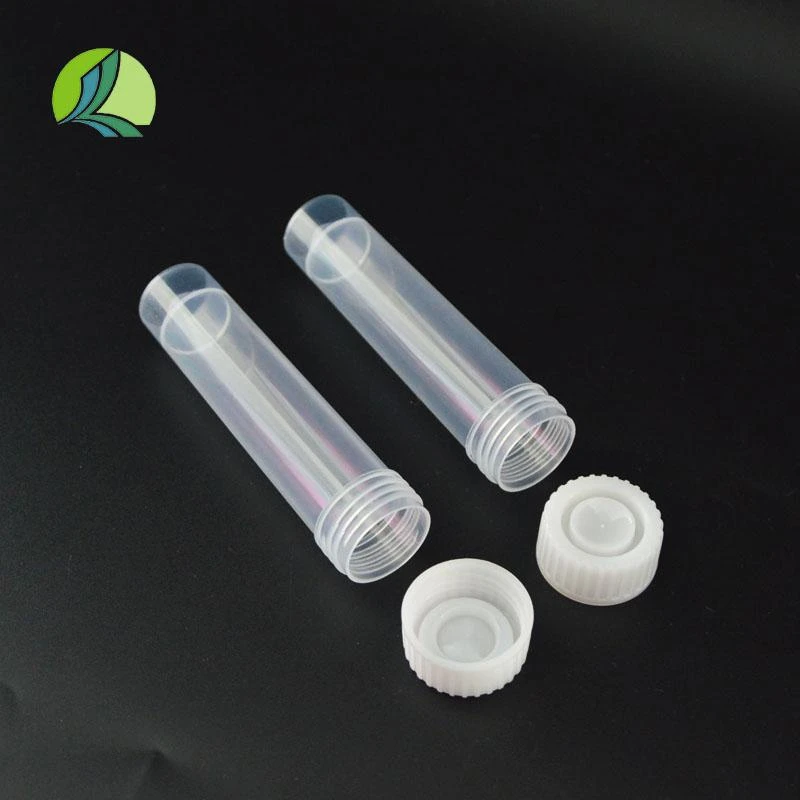Exploring the Eco-Friendliness of Plastic Pill Bottles and Their Alternatives
The Role of Plastic Pill Bottles in Modern Medicine
In the realm of pharmaceuticals, the packaging of medications plays a crucial role in ensuring safety, efficacy, and convenience. Among the various types of packaging, plastic pill bottles have emerged as the most popular choice. These ubiquitous containers have become synonymous with medicine and health, serving as a reliable means of storing and dispensing prescription and over-the-counter medications. This article explores the significance of plastic pill bottles, their advantages, environmental concerns, and the future of pharmaceutical packaging.
Safety and Convenience
Plastic pill bottles are designed with patient safety and ease of use in mind. Many bottles are crafted from high-density polyethylene (HDPE) or polypropylene, which provide a robust barrier against moisture, light, and air—elements that can compromise the integrity of medicines over time. The sealed nature of these containers protects the contents from contamination and spillage, ensuring that patients receive their medications in a safe and untainted condition.
Additionally, plastic pill bottles come equipped with child-resistant closures that help prevent accidental ingestion by children. These safety features have been critical in reducing the number of unintentional poisonings, making them vital components in homes where children are present.
The convenience of plastic pill bottles extends beyond safety. Their lightweight and shatterproof nature makes them easy to transport, which is essential for patients who travel or need to carry their medications on the go. Clear bottles allow patients to easily see the contents and check for sufficient quantities, while labeling provides essential information such as dosage instructions, expiration dates, and warnings.
Cost-Effectiveness and Accessibility
From a manufacturing perspective, plastic pill bottles are cost-effective. The production processes for plastic bottles are less expensive than those for glass or other materials, which translates to lower costs for pharmaceutical companies. This cost-effectiveness is crucial, especially in a healthcare landscape where affordability is paramount. As a result, medications packaged in plastic are often more accessible to patients, particularly in lower-income regions.
plastic pill bottles

Moreover, the versatility of plastic allows for various sizes and shapes of pill bottles, accommodating a wide array of medications, from small tablets to larger capsules. This adaptability makes it easier for pharmacies to serve diverse patient needs and streamline their operations.
Environmental Concerns
Despite their many advantages, plastic pill bottles are not without controversy. The environmental impact of plastic waste has become a pressing issue in recent years. Many plastic pill bottles are single-use and end up in landfills, contributing to the growing problem of plastic pollution. While some manufacturers are exploring biodegradable options or incorporating recycled materials into their products, the challenge of ensuring proper disposal and recycling of these containers remains.
Efforts to encourage patients to return their unused or expired medications to pharmacies for safe disposal or recycling can help mitigate some of these challenges. Additionally, increasing public awareness about the importance of recycling can play a significant role in reducing the environmental footprint of plastic pill bottles.
The Future of Pharmaceutical Packaging
As the healthcare industry continues to innovate, the future of plastic pill bottles will likely see significant changes. Advances in technology may lead to the development of more sustainable materials that maintain the safety and effectiveness of traditional plastic. Additionally, smart packaging solutions, such as bottles with built-in sensors to track medication adherence, could revolutionize how patients manage their medications.
In conclusion, plastic pill bottles serve as an indispensable component of modern medicine, providing safety, convenience, and cost-effectiveness. However, the environmental challenges associated with their use cannot be overlooked. As the industry moves forward, a balanced approach that prioritizes both patient care and environmental sustainability will be crucial. By fostering innovation in packaging solutions and encouraging responsible disposal practices, we can ensure that these vital containers continue to serve their purpose while minimizing their environmental impact.
-
Aesthetic Makeup Spray Bottles | Fine Mist Empty RefillableNewsAug.19,2025
-
White Plastic Veterinary Vaccine Vials | Lab Liquid BottlesNewsAug.18,2025
-
Plastic Medicine Liquid Bottle: Secure Flip Top Drug VialsNewsAug.17,2025
-
Durable 250ml Blue Plastic Vaccine Vial for Lab & Vet UseNewsAug.16,2025
-
Sterile Virus Sample Tubes: Secure & Reliable Specimen CollectionNewsAug.15,2025
-
White 250ml Plastic Vaccine Vial for Lab & Vet MedicineNewsAug.14,2025
























